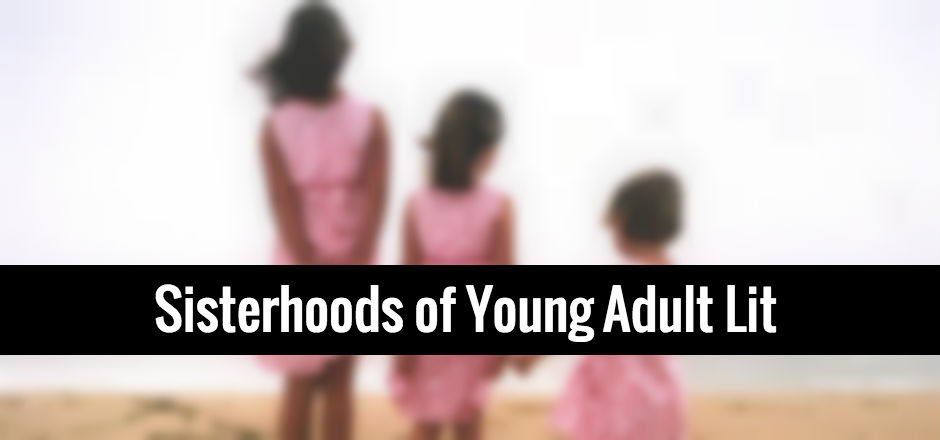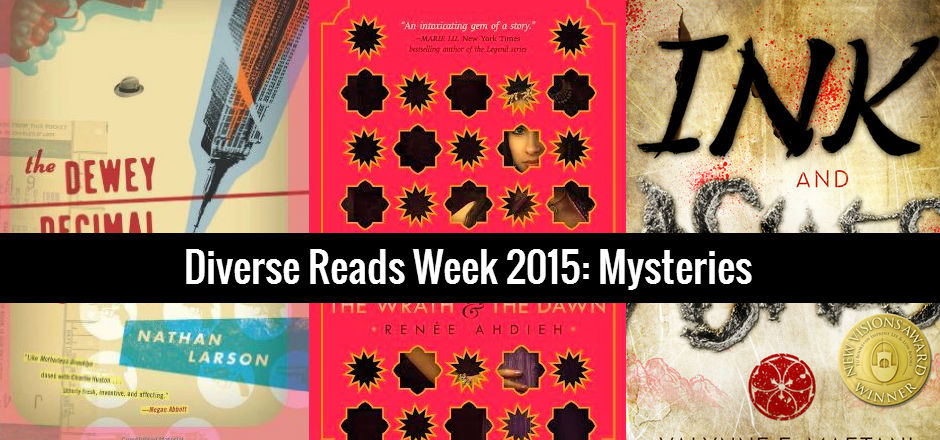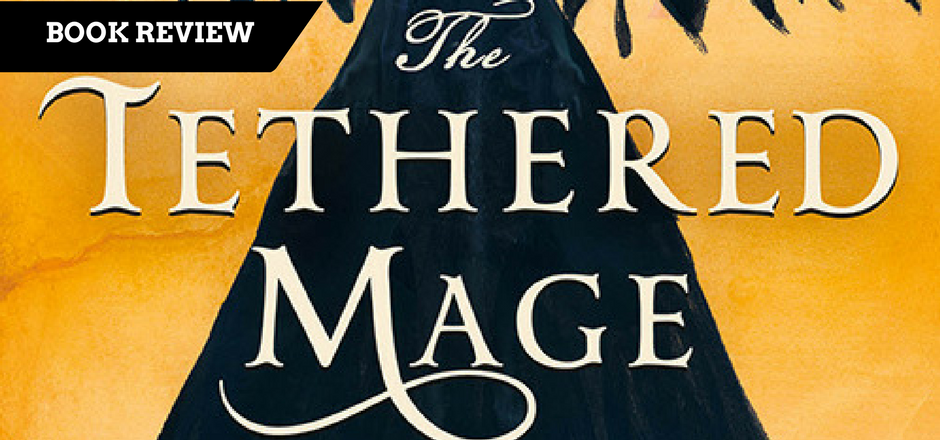This one’s dedicated to my sister Diana: my little sister and eternal companion.
The relationship between sisters is an intricate one experienced in a very profound, poignant and visceral way. Beautiful at points and insufferable at others, whoever doesn’t understand wanting to fiercely hug someone while simultaneously wanting to strangle that person probably doesn’t have a sister of their own. Some sisters get along fabulously, others fight about as much as they breathe, and most share a combination of the two, but, to me, there’s no other relationship as deep-rooted into the very core of who you are as a person as that between sisters, simply because this connection between sisters brings out the most honest part of you, the strongest and most vulnerable facets of your humanity.
The desperate need to protect, support and defend your sister is intrinsically intertwined with an often overpowering susceptibility, sensibility and sense of duty towards her that brings out fragility in even the strongest of people. Simultaneously empowering and crippling, the bond between sisters can be a source of strength, determination and resiliency, as well as one of softness and vulnerability.
Young Adult lit has for years now been very aware of the power of this bond and the paradoxical way it can define a character. From the March sisters in Little Women to Katniss and Prim from The Hunger Games, YA lit has never shied away from drawing capable and strong heroines from who they are as sisters.
Several recent YA hits have chosen to include the bond of sisterhood, in all of its complexity and multi-faceted significance, into the characterization of their heroines and the complications of the plot. Far for being just insignificant background information, being a sister has rose through the ranks to become a defining trait, a symbol for a heroine. The way this bond makes and breaks a heroine has become a crucial part of storytelling and has driven a considerable amount of plots and characters in recent years.
The most widely-known examples of this are Katniss and Prim from The Hunger Games. The flicker that sparked up the entire plot of the series, from Katniss participating in the Hunger Games to becoming the face of the rebellion, was Prim, Katniss’ little sister. Throughout the entire trilogy, Katniss’ only ambition is to keep her sister safe, in spite of whatever harm may be inflicted upon herself because of it, and her devotion is repeatedly used against her by all sides to ensure her cooperation. While it was because of Prim that Katniss learned to be a survivor, it was her commitment to her sister what left her open for to the manipulative schemes of every single character that wanted something out of Katniss.
But even though Prim figures so prominently in Katniss’ characterization, Prim herself doesn’t make much of an impact in the story. She was Katniss’ strength and weakness, but Prim herself was a bit of a ghost in both the novels and the film adaptations.
Most YA novels place the older sister in the central role, and, speaking as an older sister myself, most narratives don’t stray from reality when they showcase the difficulty of seeing a younger sister as anything else beside the precious, innocent and incapable person who needs protecting and guidance. But younger sisters are not always helpless: they’re certainly a lot stronger than we give them credit for, and more often than not, their strengths and vulnerabilities align perfectly with the older sister’s, softening the rough edges and reinforcing the soft spots where it’s needed.
Heroines like Fia from Mind Games, Saba from Blood Red Road, Scarlett from Sisters Red and Cate from Born Wicked struggled with accepting the newfound capacity for independence and self-reliance that their own younger sisters found throughout the course of the stories they shared, and more often than not, it was their denial, which took the shape of overprotection, that which made their own devotion a weakness to them.
Fia had to learn the hard way that Annie’s disability did not make her weak, much like Saba came to appreciate that her little sister Emmi’s rebellious nature was not simply an act of defiance against her but also her first attempts at self-reliance. Scarlett for her part had to learn to accept that Rosie was perfectly capable of making her own choices, even if they widely diverted from the path Scarlett planned for them both, and Cate was taught by life in the most brutal way that, hard as she may try to prevent it, Maura and Tess had to make their own mistakes in life because that’s part of growing up.
That’s not to say that their respective stories didn’t fall into the trap of using the younger sisters and the heroines’ love for them as a weapon against them, but the strength of the bond between these sisters was ultimately the force behind each of these heroines’ success and the younger sisters were also given a chance of their own to grow and show what they were capable of.
There’s much to learn from sisters, younger and older, and while they might not always be the best of examples or the most reliable of sources, as is the case with Ruby and Chloe in Imaginary Girls, YA lit has made a commendable job in showcasing the various ways in which this bonds shapes young women, how it impacts their circumstances, and most importantly, how the bond is able to outlast almost everything.
[blocktext align=”right”]YA lit has made a commendable job in showcasing the various ways in which this bonds shapes young women, how it impacts their circumstances, and most importantly, how the bond is able to outlast almost everything.[/blocktext]In Fangirl, Wren’s thirst for independence and an identity of her own forced her twin sister Cath to grow into herself and develop as her own unique person, in spite of how reluctant she was to the change and be on her own.
Becoming an adult means having to learn to disassociate who you are as a person from the people you grew up with, learning to be a different, unique person removed from others, regardless of how close you are, and the sister bond between Cath and Wren beautifully showed how hard that is, but also how the weight can be shared when each sister carries her part. The same with Lex and Cordy from the Croak series, who learned that their bond as twin sisters could remain as strong regardless of the characteristics and circumstances that separated their paths and forced them to become their own different persons.
In almost every single one of these aforementioned novels, sisters are used against each other as weapons as they are known to be weak spots in an otherwise strong armor. I would fear that this is becoming yet another one of those much -abused YA tropes, but much to my surprise, the great majority of the examples I can come up with are positive. While YA may have a bad track record when it comes to how it creates main characters or how it develops romances, it would seem it’s been doing a decent job when it comes to the representation of sisters, at least in its most prominent titles.
It may be true that sisters are used as props every once in a while, but there is also a focus on the representation of the nuances and depths of the bond between sisters and this has open the way for some really touching, honest, compelling and complex sister relationships in YA. Sisters in YA bring out the best and worst in each other, they give and take away strength, but they also provide the support, love and care that has changed lives and saved worlds. They fight, argue and sometimes hurt each other, but they have always found their way back into love and forgiveness, and provided the determination to carry on.
The love between sisters is that rare type of power that leaves one vulnerable and sometimes even weak, but from that come forth the greatest acts of patience, selflessness, kindness, and perseverance, and that, ultimately is what makes one strong. That wondrously strange juxtaposition of strength and weakness, that’s what it means to be a sister, and, truth be told, it’s the greatest, most beautiful feeling in the world.
—
Lorraine Acevedo Franqui writes for Girls in Capes from Puerto Rico and holds degrees in English Literature and Psychology. Her main interests are young adult lit, anything related to The Legend of Zelda and Kingdom Hearts, assorted shounen mangas and cats.
Previously, Lorraine has explored other family relationships common across young adult lit: both father formulas and mother formulas.






